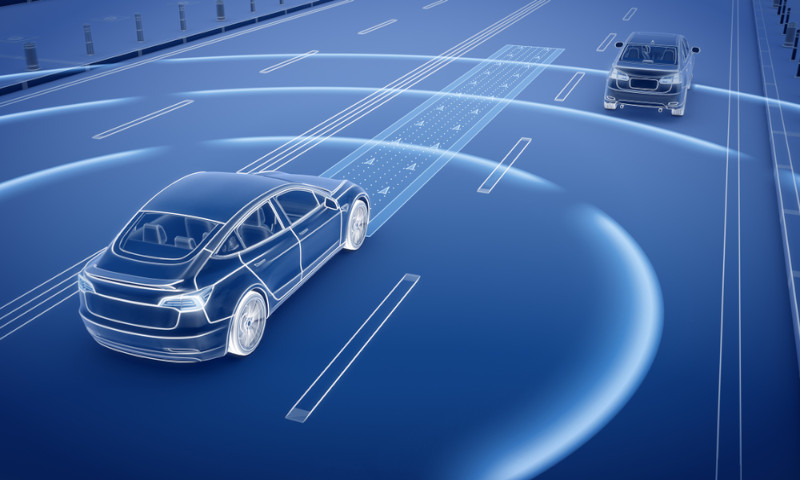Last modified more than a year ago

Paving the way to trustworthy and reliable automated vehicles
Automated vehicle technology has the potential to radically change the driving experience, from reduced congestion to lower stress levels. Standing in the way of this transformation and its benefits are lack of trust in and acceptance of automated vehicles.
Consumers and society overall will adopt automated vehicles only if they are user-friendly, completely reliable, predictable, and safe when it comes to planned manoeuvres and their execution. A key challenge is to ensure safe vehicle handling when the driver isn’t paying full attention and concentrating on other tasks. Effective interaction between the driver and the automated vehicle plays an important role, especially for level 3 automated driving (L3AD) systems. These systems perform all dynamic driving tasks like emergency braking on behalf of the driver during specific traffic situations. Drivers can safely turn their attention to other activities such as texting. However, they must always remain prepared to intervene and take control of the vehicle. L3AD offers conditional automation, representing the first step towards fully driverless cars.
The role of users in the development of automated vehicles
“L3AD systems should be engineered with a user-centric approach in mind,” explains EU-funded TrustVehicle project coordinator Daniel Watzenig. “User acceptance is particularly important for the design of driver interfaces that will facilitate a safe transition to purely automated driving.” In addition, automated driving systems should be resilient to both system and driver failures and guarantee sufficient reliability and robustness in each and every situation during actual traffic. Project partners developed and demonstrated different concepts to increase reliability of and trust in automated vehicles for four different classes: passenger cars, heavy trucks (including trailers), electric buses and light commercial vehicles. They took end users into account throughout by performing user acceptance studies and driving simulator studies that assessed driver behaviour and trust.
Optimising automated driving functions
The TrustVehicle team advanced technical solutions for automated driving to better assess critical situations in mixed traffic scenarios and even in harsh environmental conditions such as heavy rain and fog. “These innovations will enhance safety and end user acceptance far beyond current levels,” notes Watzenig. For driver monitoring and support, time-of-flight, camera-based sensor functionalities such as face detection, face identification and human pulse measurement are now available. A feature for completely autonomous, smooth reverse parking manoeuvres boosts safety and reduces stress. Self-cleaning sensors recover or maintain availability of sensors during bad weather conditions. New methods will determine the availability of sensors during cleaning and in critical road scenarios. For example, these techniques can help to understand the effect of rain, snow and aerosol on a sensor’s field of view. A specially designed human–machine interface monitors when an electric bus is driven in automated mode safely and accurately to a charging station. Controllers and sensor fusion systems tackle complex, uncertain and variable road circumstances. Sensor fusion algorithms have been developed for narrow street manoeuvring and reverse parking. “By considering the interaction of humans with all aspects of automated road transport systems, TrustVehicle was able to offer solutions that significantly increase reliability in automated vehicles and contribute to acceptance,” concludes Watzenig. “In the near future, drivers will put their trust in autonomous vehicles and their accompanying technologies.”
Read the article here.


